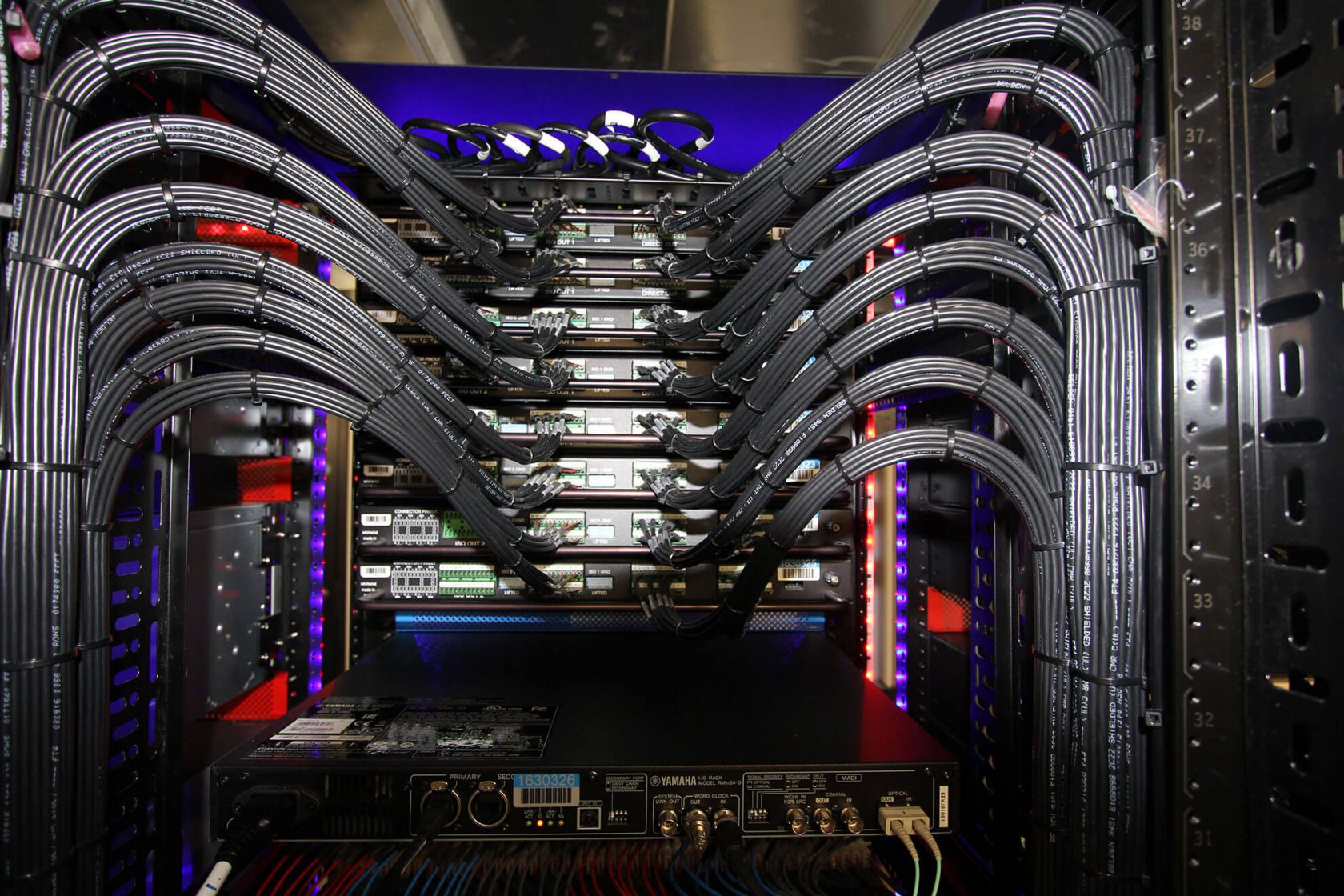Optimal Strategies for Positioning Surveillance Cameras to Enhance Monitoring Effectiveness
Optimal Strategies for Positioning Surveillance Cameras to Enhance Monitoring Effectiveness
Blog Article

Placing security cameras efficiently is essential for improving monitoring in different environments, including residences, businesses, as well as public areas. The primary goal of surveillance cameras remains to deter criminal activity and offering evidence during case of events. To achieve this, it is important to consider various factors, such as camera placement, field of vision, and the particular areas that need monitoring. By comprehending these elements, people and entities can create a comprehensive surveillance strategy that optimizes the effectiveness of their surveillance systems.
One of the initial steps in placing security systems is to determine key areas that need monitoring. High-risk areas, such as entry points, exits, vehicle lots, as well as areas with high-value assets, must be given priority. It is crucial to consider blind spots, that are locations that may not be seen from certain perspectives. By charting out these critical areas, security staff can ensure that all nook is observed, reducing the likelihood of illegal activity going undetected. Additionally, placing surveillance systems at strategic points can assist create a complete perspective of the premises, enabling for better total security monitoring.
The field of a security system is another crucial element to consider. Various kinds of surveillance systems offer different fields of vision, which can influence how many area gets captured in the footage. For example, wide-angle cameras can monitor bigger spaces, rendering them ideal for spacious locations, while pan-tilt-zoom systems can be adjusted to concentrate on particular details. When placing surveillance systems, it is essential to choose the right type based on the location being observed. This ensures that the system can record clear images and offer important information in the event of an incident.
Height and angle of installation also have a crucial part in the efficacy of security cameras. Cameras should be installed at a level that remains out of reach of potential tampering but still allows for clear visibility of identifying features and additional recognizable details. A common recommendation is mount systems at least 8 to ten feet off the floor. Additionally, the angle at which the camera is positioned can affect its capability to record crucial details. Cameras should be angled to minimize reflection and prevent blockages, ensuring that they can record sharp video at all times.
Finally, routine upkeep and updates to the security system is crucial for long-term effectiveness. This entails inspecting camera functionality, wiping lenses, as well as ensuring that software remains current. Regular assessments of the monitoring plan can read this help identify any additional areas not visible or areas that may need extra monitoring. By remaining vigilant and making required changes, individuals and entities can improve their surveillance efficacy and guarantee that their security systems remain to serve their intended function.